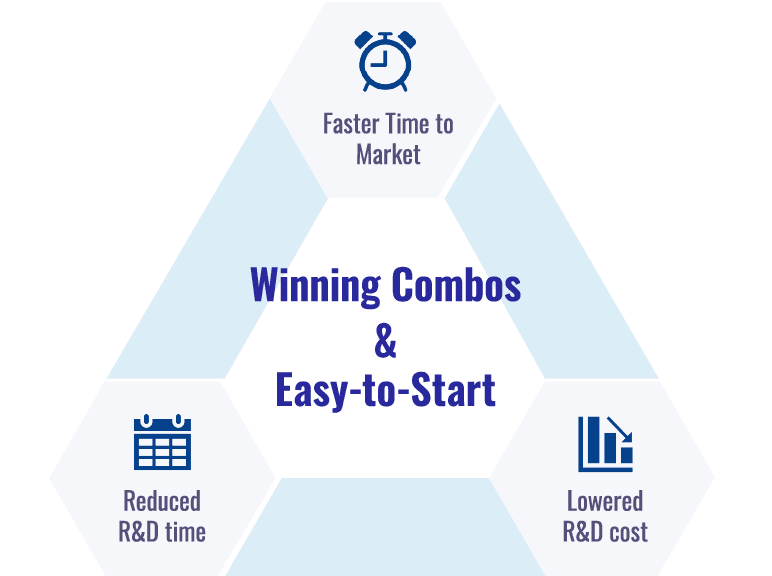Background
The Indian manufacturer featured in this case study planned to enter the electric vehicle market, drawing on its experience in automotive electronics. After researching the market, the manufacturer decided to develop electric vehicle inverters, for which there was growing demand.
Problem
Tight Turnaround Time Compounded by Obstacles
Having almost no experience in designing inverters for electric vehicles, the manufacturer’s systems design team was forced to start from scratch. This meant expending significant development time and person-hours. A member of the team recalls the experience:
"Despite this being a new venture for us, we had to turn the project around within the standard four-year timeframe. We, therefore, needed to speed up the preliminary design process. We immediately set about designing a prototype, but struggled to find the right components: the right combination of components that would enable us to build a highly efficient inverter was elusive."
If the team was to achieve its objective, it had to match the microcontroller and power supply ICs to the gate driver ICs and power devices. The team also needed to meet functional safety standards, which in turn meant satisfying international standards. This led to fears that the turnaround time would be longer than initially expected.
"While we considered repurposing, or basing our design on, an automotive inverter already on the market because we were a late entrant to the market, we had to build a product with superior price, compactness and efficiency if we were to have any prospect of beating the competition. We were therefore forced to consider another approach," says the employee.
Now that the development process had hit an obstacle, the team needed to find a solution



